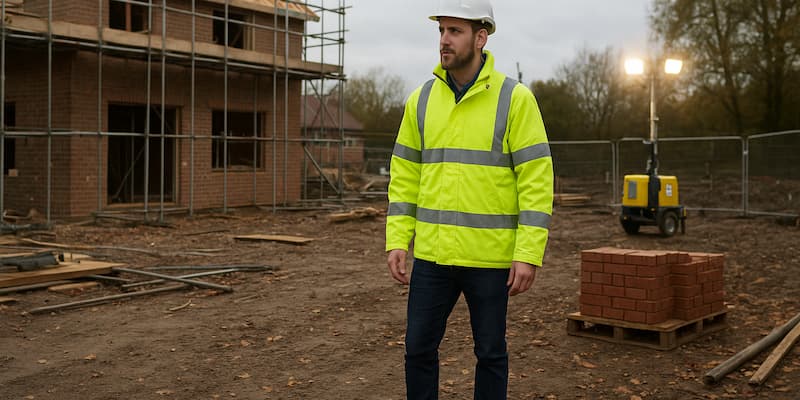
By Samuel Rapley 26/09/2017
Under: Site Set Up / Team Welfare / Health and Safety News6 Strategies Health and Safety Leaders Use to Boost Engagement
Central to success is fostering a culture of communication and inclusivity. In this week’s blog, we take a look at strategies you can use to boost engagement and participation at your workplace.
1 - Make Communication a Two-Way Street
Engagement starts with communication that flows both ways. Turn health and safety into a conversation rather than a set of rules imposed from above. Team members who feel listened to are more likely to comply with rules and procedures. What’s more, you’ll hear how strategies are working on the ground during day-to-day work.
Make sure your team knows that feedback and ideas are welcomed and encouraged. Hold discussion groups with workers and take regular ‘safety walks’ around the site to chat with employees. Ensure workers feel supported and encourage them to point out problems.
It can take time to grow a culture of open communication. Initially, it might be useful to use anonymous surveys or appoint group representatives to voice concerns. Always give feedback when an issue is raised by an employee, even if a suggestion is not acted on.
2 - Incorporate Interactive Training
Training doesn’t have to be a grind. Use interactive tools like videos and quizzes or role-play real-life scenarios to foster active participation. These strategies will make the experience more enjoyable as well as more memorable.
One health and safety technology proving particularly popular in training scenarios is gamification, which applies game design to engage and motivate users. An example of this strategy in action comes from retail giant Walmart. The company used app-based gamification in eight of its distribution centres to provide safety training to 500 employees. Delivered in snappy three-minute chunks, the program was hugely popular and bolstered discussion amongst employees. Walmart extended the program to other areas of the business after seeing a 54% decrease in incidents throughout the participating distribution centres.
3 - Keep Repercussions Front of Mind
It never hurts to remind teams what’s at stake when health and safety goes wrong. Communicate the consequences of non-compliance during training as well as giving on-site reminders.
Reminders are particularly important when the effects of hazards are not usually felt immediately. For example, ignoring measures which protect against workplace dust exposure may not result in adverse health symptoms straight away. However, long-term exposure to dust and other airborne particles can have serious long-term health effects. These ‘hidden hazards’ and their consequences need to be highlighted regularly so they are not forgotten.
4 - Celebrate the Wins
It’s easy for health and safety professionals to focus on negative results such as accidents, work-related ill-health and lost working days. In contrast, when health and safety goes right, the results can be subtler. For this reason, it’s important to highlight and celebrate the outcomes of good health and safety. This could mean tracking consecutive incident-free days, increases in staff training or bolstered engagement levels.
In data terms, celebrating the wins means giving as much focus to leading indicators as lagging ones. This will ensure your health and safety strategy has a proactive focus and rewards teams for good work.
5 - Keep It Simple
Safety messaging on site should be simple and effective. Too many messages, or messages delivered at the wrong time or place, can be confusing for workers and cause them to switch off.
Safety signage which warns of a specific hazard or PPE requirement should be strategically placed by the hazard itself. For non-hazard-specific communications, use a central point that can be easily identified by employees. Try using a Safety Station which brings key information and equipment to a centralised location and can be customised to your individual site requirements.
6 - Prioritise Comfort and Practicality
When it comes to safety kits, it’s crucial to ensure equipment is comfortable and easy to use. Poorly fitting equipment can be unsafe, while uncomfortable or impractical kits can result in non-compliance.
For Personal Protective Equipment (PPE) such as head protection, gloves and footwear, give your team a good range of sizes to choose from. In addition, training programmes should include instruction on the safe use of PPE and other safety apparatus.
How are you boosting health and safety engagement? Join the discussion on our twitter feed.
Enfield Safety – no one works harder to bring you health, safety and welfare products at the right price, on time, every time.

.jpg)
